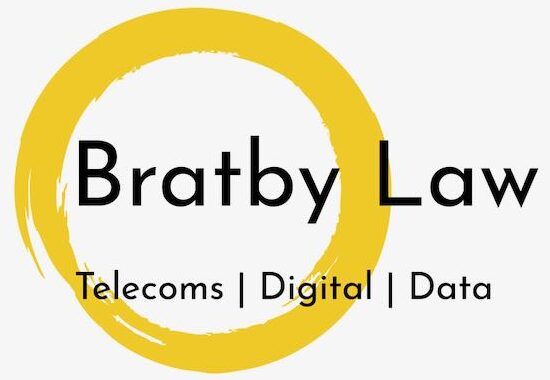Introduction
If something walks like a duck, quacks like a duck and looks like a duck, it probably is a duck.
If you think you might be operating a telecoms network or providing a telecoms service (including internet access or voice telephony) the chances are that you are subject to electronic communications (= ‘telecom’) regulation in the UK and Europe. However the good news is, as discussed in Do I need a licence? (answer = in the UK, generally no) and the General Conditions of Entitlement pages, the basic level of regulation is relatively light, so many market participants operate in blissful ignorance of their regulatory status.
Although not regulatory concepts per se, it is often helpful to bear in mind the fundamental distinction between the horizontal economic regulation of ‘pipes’ (= ‘electronic communications networks’) as opposed to the regulation of the ‘poetry’ (= ‘communications’ or ‘broadcast’ over the ‘pipes’). This is perhaps best illustrated by two 2019 ECJ cases which found that
Electronic Communications Network and Services
The definitions of ‘electronic communications network‘ and ‘electronic communications service’ are very broad. Found in s32 of the Communications Act 2003, they are:
(1) In this Act “electronic communications network” means—
(a) a transmission system for the conveyance, by the use of electrical, magnetic or electro-magnetic energy, of signals of any description; and
(b) such of the following as are used, by the person providing the system and in association with it, for the conveyance of the signals—
(i) apparatus comprised in the system;
(ii) apparatus used for the switching or routing of the signals;
(iii) software and stored data; and
(iv)(except for the purposes of sections 125 to 127) other resources, including network elements which are not active.
(2) In this Act “electronic communications service” means a service consisting in, or having as its principal feature, the conveyance by means of an electronic communications network of signals, except in so far as it is a content service.
(3) In this Act “associated facility” means a facility, element or service which is available for use, or has the potential to be used, in association with the use of an electronic communications network or electronic communications service (whether or not one provided by the person making the facility, element or service available) for the purpose of—
(a)making the provision of that network or service possible;
(b)making possible the provision of other services provided by means of that network or service; or
(c)supporting the provision of such other services.
(4) In this Act—
(a) references to the provision of an electronic communications network include references to its establishment, maintenance or operation;
(b) references, where one or more persons are employed or engaged to provide the network or service under the direction or control of another person, to the person by whom an electronic communications network or electronic communications service is provided are confined to references to that other person; and
(c) references, where one or more persons are employed or engaged to make facilities available under the direction or control of another person, to the person by whom any associated facilities are made available are confined to references to that other person.
(5) Paragraphs (a) and (b) of subsection (4) apply in relation to references in subsection (1) to the provision of a transmission system as they apply in relation to references in this Act to the provision of an electronic communications network.
(6) The reference in subsection (1) to a transmission system includes a reference to a transmission system consisting of no more than a transmitter used for the conveyance of signals.
(7) In subsection (2) “a content service” means so much of any service as consists in one or both of the following—
(a) the provision of material with a view to its being comprised in signals conveyed by means of an electronic communications network;
(b) the exercise of editorial control over the contents of signals conveyed by means of a such a network.
(8) In this section references to the conveyance of signals include references to the transmission or routing of signals or of parts of signals and to the broadcasting of signals for general reception.
(9) For the purposes of this section the cases in which software and stored data are to be taken as being used for a particular purpose include cases in which they—
(a) have been installed or stored in order to be used for that purpose; and
(b) are available to be so used.
(10) In this section “signal” includes—
(a) anything comprising speech, music, sounds, visual images or communications or data of any description; and
(b) signals serving for the impartation of anything between persons, between a person and a thing or between things, or for the actuation or control of apparatus.
Other definitions
Unfortunately, not all aspects of telecoms law are harmonised, so the definitions within the Regulation of Investigatory Powers Act 2000 (which predates the Communications Act 2003) hark back to the now (mostly) repealed Telecommunications Act 1984 and use alternative definitions of ‘telecommunications system’ and ‘telecommunications service’ that for some purposes are arguably wider than the definitions of electronic communications networks or services.
Communications Provider
As ‘providing an electronic communciations network or service’ is a bit of a mouthful, ‘Communications Provider’ or ‘CP’ is used throughout the UK regulatory system as shorthand for that concept.
Last updated: April 2020.
